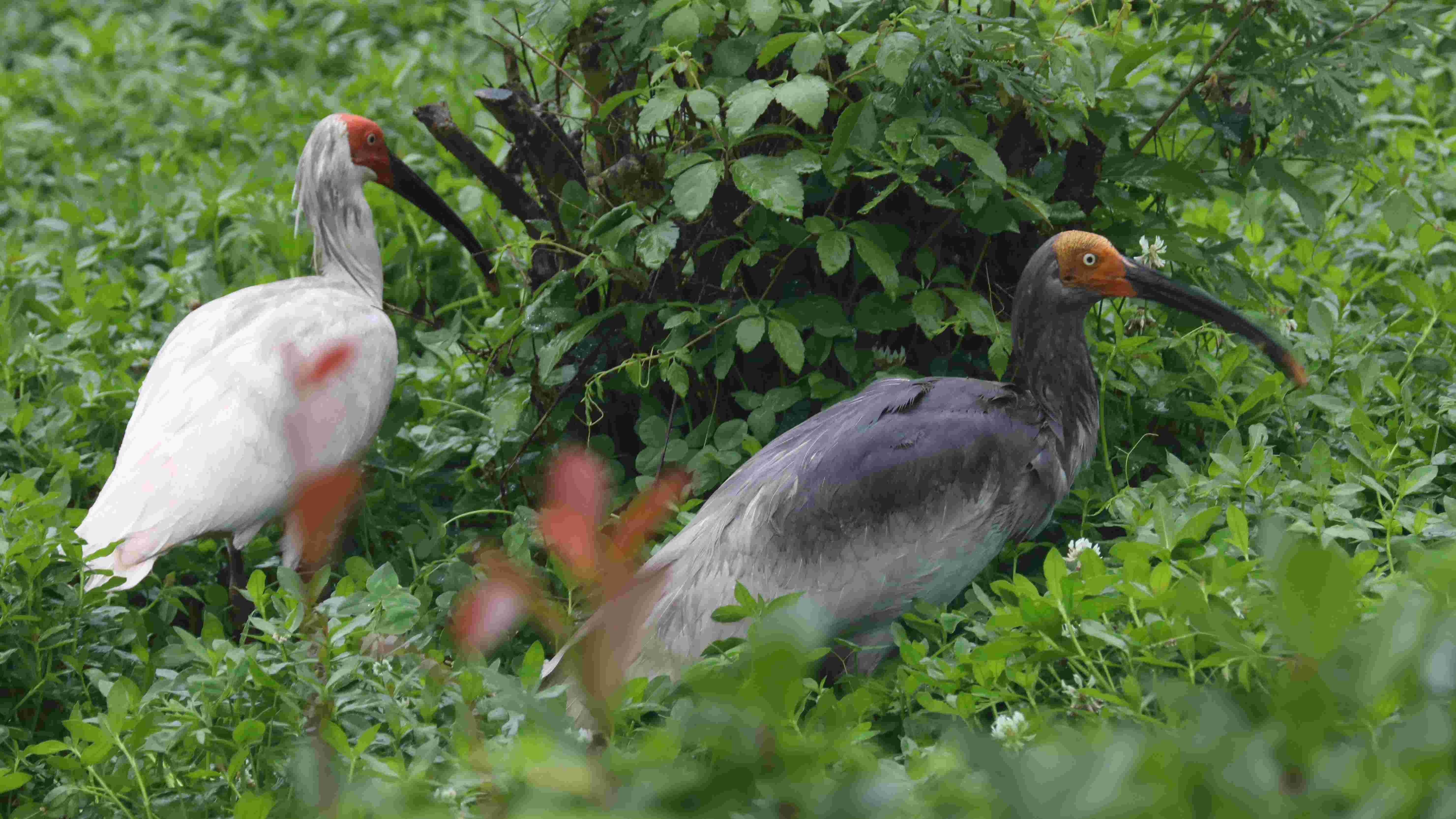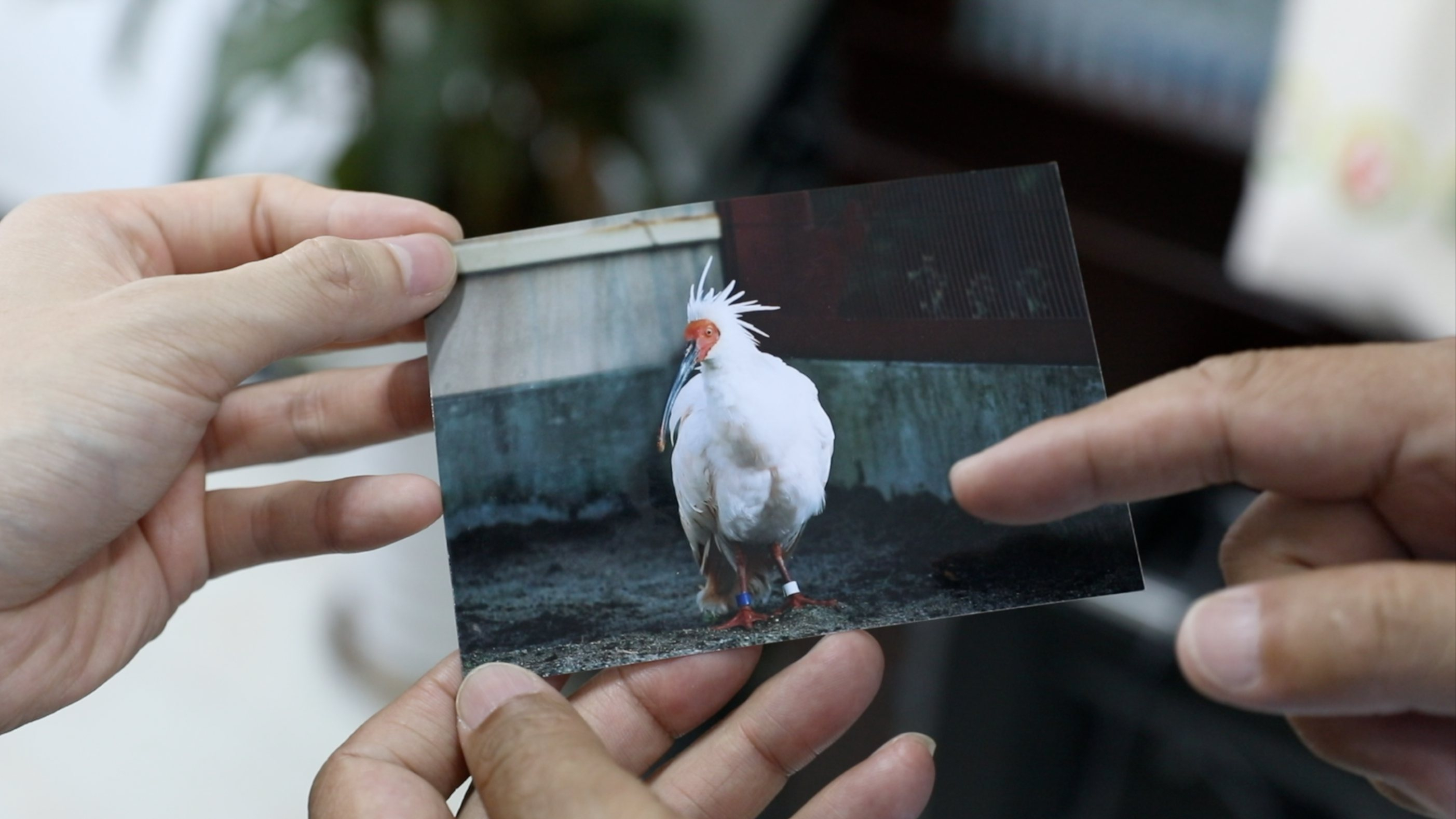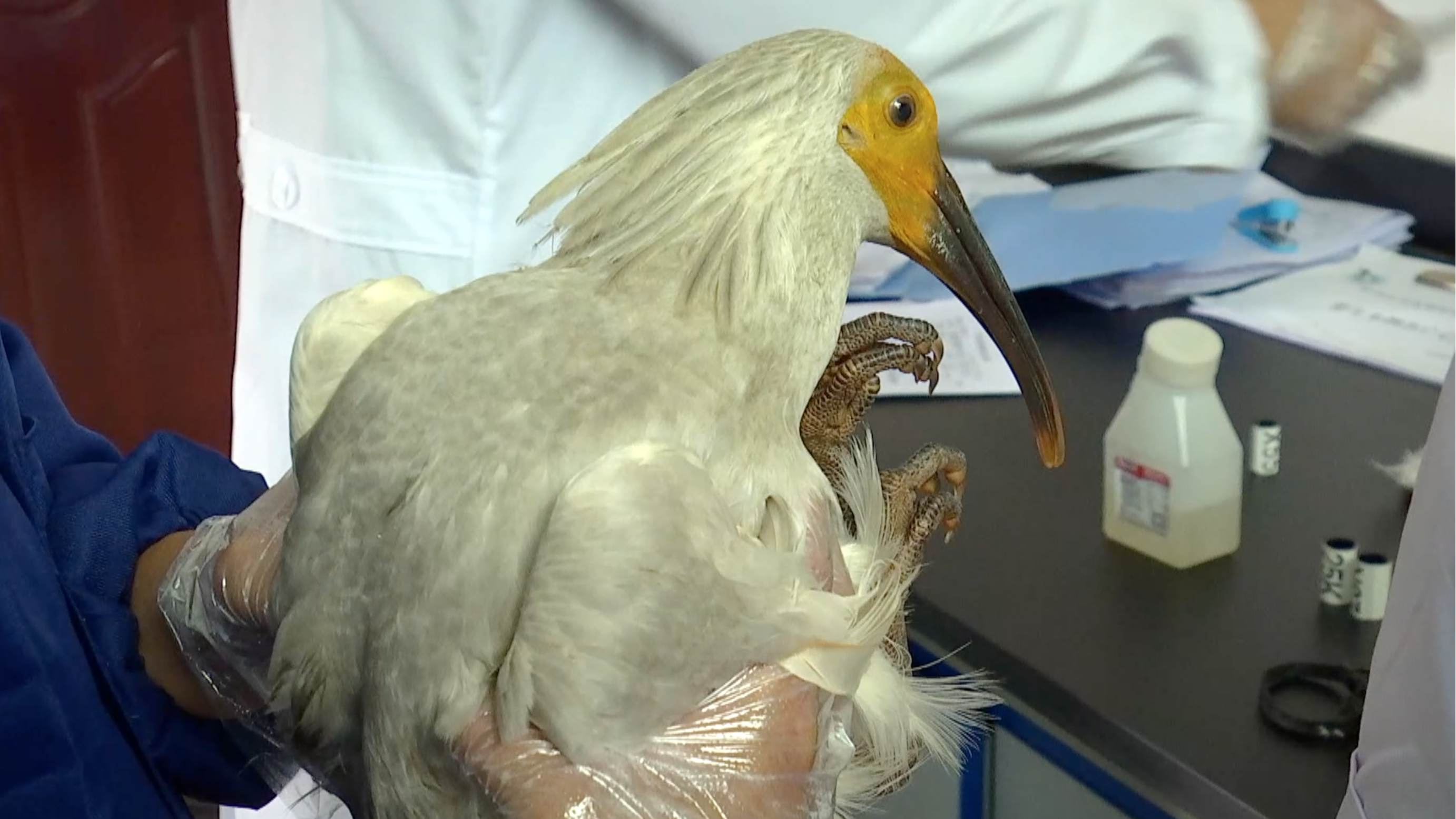

Data shows that there were 197 captive bred crested ibises and 353 wild ones in Japan by the end of 2018. That amount means that the once-thought extinct birds now have a large enough population to reproduce and sustain the species’ existence. The first crested ibis specimen brought to the West was from Japan – hence, the Western world gave the bird the name Nipponia Nippon, literally translated as the Japanese bird of Japan. Apart from the name, the bird has a symbolic status in Japan – its feathers and drawings of it are often found in decorations for the Imperial House of Japan.
The crested ibis has existed for more than 6,000 years. In the early 20th century, the bird could be easily spotted in Russia, Japan, China and the Korean Peninsula. But they were dying fast due to the destruction of their natural habitats in the later half of that century. The last Japanese crested ibis in the wild died in 2003.
A group of just seven where then found in northwest China’s Shaanxi Province which allowed China to successfully preserve the species. Since then, China and Japan have been working together to help the continuation of the species.
Meimei, a descendent of that group of seven, was then one of the 10 crested ibises sent to Japan. She was not the first one, but she laid a strong foundation to revitalize the bird’s population in Japan.

This photo of Meimei was taken and sent back to China by Japanese breeders upon her arrival. This is the only photo of Meimei in Japan that Zhang Yueming has. He escorted the bird to Japan. /CGTN Photo
Zhang Yueming from Shaanxi Hanzhong Crested Ibis National Nature Reserve Administrative Bureau was among the team that escorted Meimei to Japan in 2000. Zhang told CGTN that Meimei excelled in terms of reproduction after arriving in Japan.
"Plus, the Japanese took advantage of the crested ibis’ habits to let Meimei lay more eggs and have more offspring," said Zhang.
Now there are almost 4,000 crested ibises in China – over half are in Shaanxi, where the last group of seven were found 40 years ago. Each spring – the mating season for crested ibises, local conservationists see an increase in number of injured crested ibis fledglings from the wild. The bird often nest high in trees, and after chicks are hatched and start to learn to fly, they usually fall and hurt themselves.

While adult crested ibises have red skin on their heads, younger ones are orange-headed. /CGTN Photo
“I treat crested ibises like my children. It's hard for me to let them leave my heart when seeing them off. But the sole purpose for protecting crested ibises is to let them return to nature,” said Duan Ying, a local conservationist.
A total of some 150 crested ibises were rescued from the wild last year. As the number continues to increase, rescue missions also continue.
(Cover image via CGTN)
(If you want to contribute and have specific expertise, please contact us at nature@cgtn.com.)

Copyright © 2018 CGTN. Beijing ICP prepared NO.16065310-3
Copyright © 2018 CGTN. Beijing ICP prepared NO.16065310-3